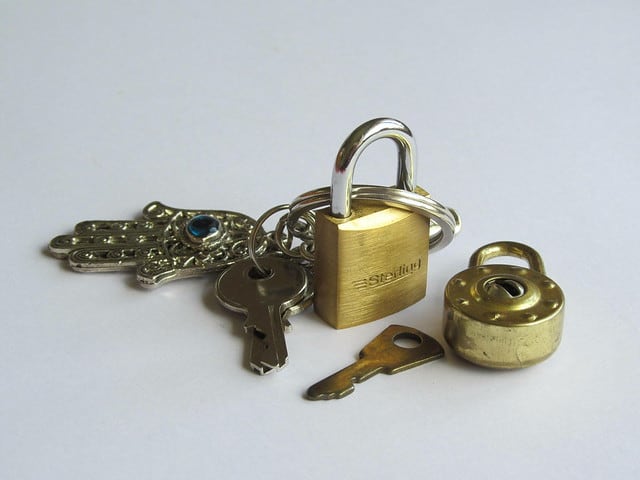As the world reopens and people begin once again to look forward to holidaying, it is important to remember to secure your belongings while you travel. A case lock can be a great deterrent to would-be thieves, and give you some peace of mind that your valuables, clothes and other items aren’t being rifled through or stolen while you are away from your baggage.
Why bother?
When you go on holiday or on business trips it can be easy to forget that you are carrying around hundreds or even thousands of pounds worth of belongings. Between clothing, jewellery and electronics like laptops and tablets any theft could be extremely costly.
Inevitably, you have to entrust these cases full of items to a number of strangers – if you’re on the train you might not be able to see your luggage from your seat, and if you’re flying then any number of airport staff have access to your luggage. And when you reach your destination you will inevitably leave your cases behind in your hotel room where staff can access them.
Case padlocks are not a foolproof solution, but they will reduce the likelihood of opportunistic thieves searching through your belongings for anything they take a fancy to – as well as alerting you to any break-ins when you do get back to your cases.
What types of case lock are there?
Standard-style padlocks
These are essentially a smaller version of the locks you might have for your shed or bike. They are one of the most popular forms of luggage or case lock, as they are quite budget-friendly. Unfortunately, they are not overly difficult to force open or cut through, and there is always the risk that the key will be misplaced or stolen – leaving you in the lurch without easy access to your belongings.
Combination locks
Still fairly cost-effective, combination locks work in the same way as key padlocks – but replace the key with dials. The user can simply enter the code to open the lock, making it a much more convenient choice. There is no keyhole for people to try and pick or force open, so there is less weakness inherent in this design. However, instead of losing your key, there is the risk of forgetting the code.
Cable locks
Cable locks might use either a combination or a key to open them, depending on the model. The big difference here is that, instead of a rigid shackle being used to keep zips closed, a cable is used. You can feed the cable through multiple zips at once, securing any and all compartments on your luggage with one device. Additionally, if you are leaving the case in your room or cabin, you can feed the cable through something secure to prevent thieves from simply taking the whole case with them.
Key card lock
Key card locks replace the key or combination lock with a key card. This is usually a good alternative for people who might lose the small keys provided with key-based case locks or forget the code for their combination locks. Because the key cards are typically the same size as a credit or bank card, they can be kept in purses or wallets to reduce the likelihood of them becoming lost.
Author Bio: First Mats started life as safety matting specialists, but have since expanded to become a complete industrial and commercial supplies company. The focus of First Mats is to provide safety-focused products that improve the wellbeing of staff through quality approved products, backed up by extensive knowledge. www.firstmats.co.uk

